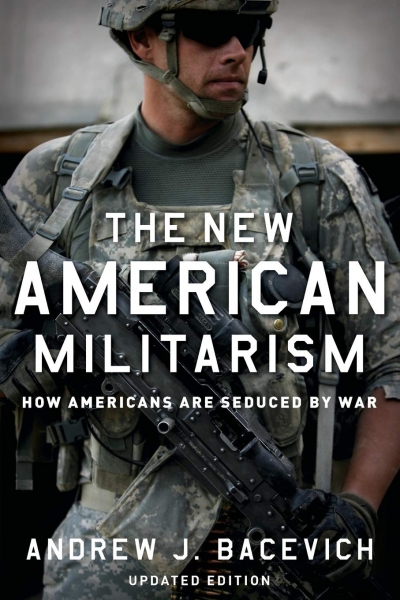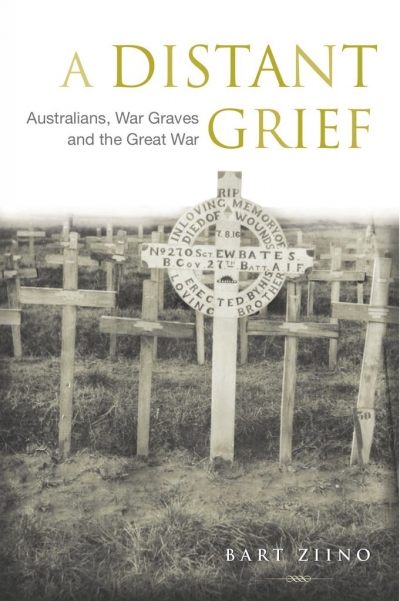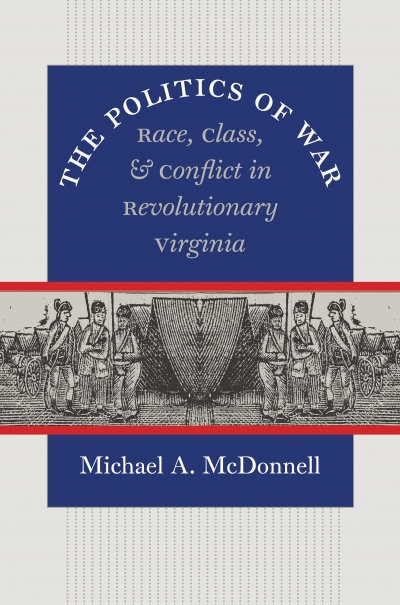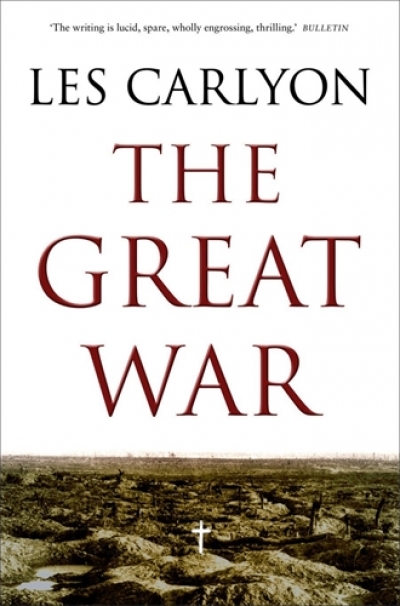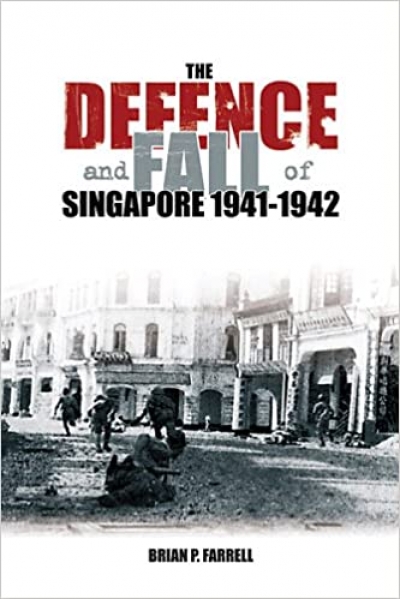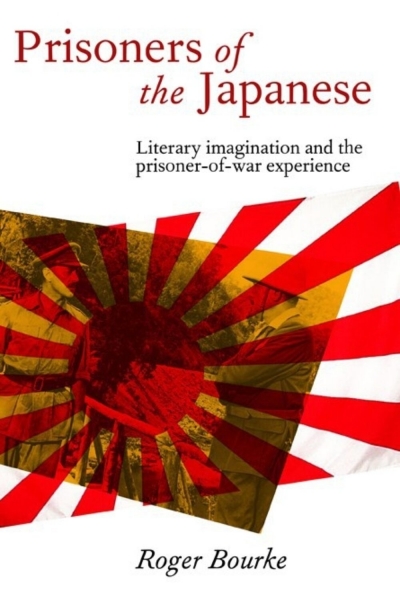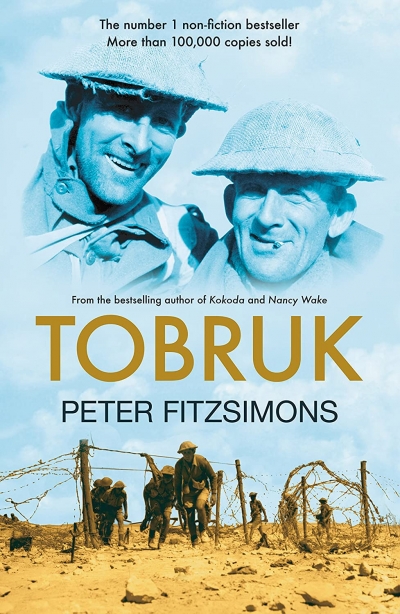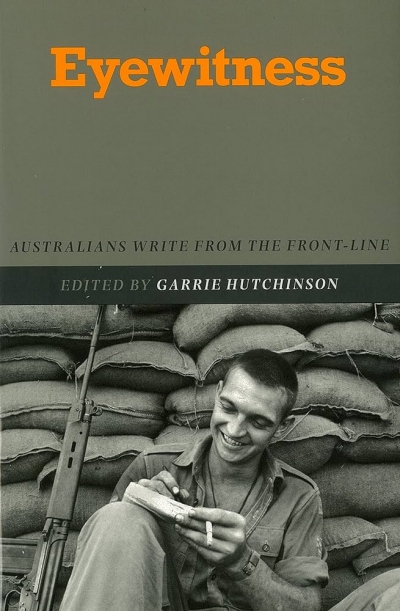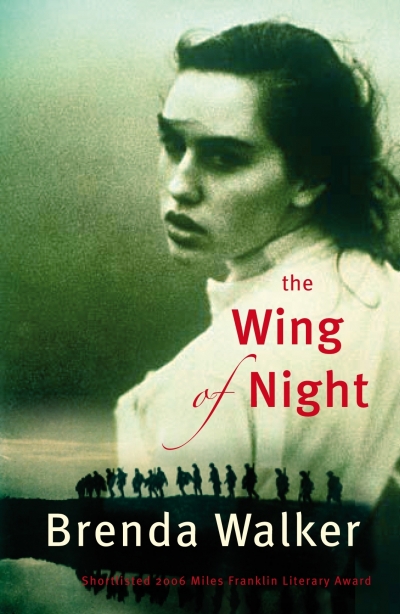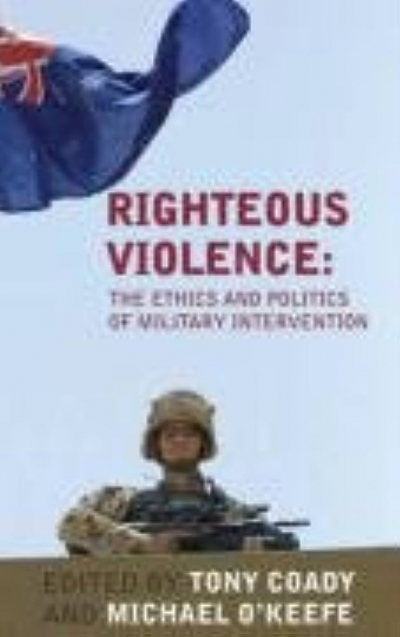War
The New American Militarism by Andrew J. Bacevich & Unintended Consequences by Kenneth J. Hagan and Ian J. Bickerton
by Richard Broinowski •
A Distant Grief: Australians, war graves and the Great War by Bart Ziino
by Ken Inglis •
The Politics Of War: Race, Class, And Conflict In Revolutionary Virginia by Michael A. McDonnell
by Donna Merwick •
The Defence and Fall of Singapore 1940–1942 by Brian P. F & Singapore Burning by Colin Smith
by John Coates •
Prisoners of the Japanese: Literary imagination and the prisoner-of-war experience by Roger Bourke
by Peter Pierce •
Eyewitness: Australians write from the front-line by Garrie Hutchinson
by Martin Ball •
Righteous Violence edited by Tony Coady and Michael O'Keefe & A Matter of Principle edited by Thomas Cushman
by Jonathan Pearlman •

